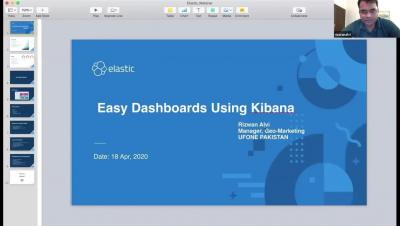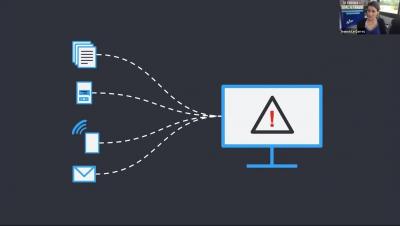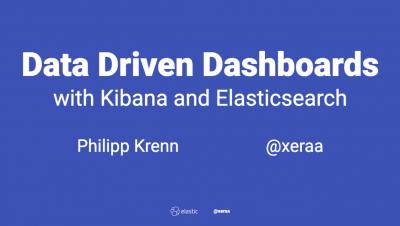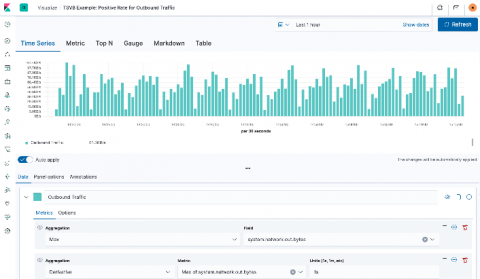Operations | Monitoring | ITSM | DevOps | Cloud
Elastic
Virtual Meetup: Multilingual Data & Search - Solving the Common Problems
Elastic: Distributed by design
As COVID-19 continues to make clear, being adaptable and resilient when the world changes can help a business stay alive. At Elastic, we know from experience that being distributed helps build a strong company that can scale and adapt as new challenges arise. In the spirit of open source and our relationship with the Elastic community, we’ve been offering tips and tricks on our blog and on social media about how to work effectively while remote.
Smooth mocking with the Elasticsearch Node.js client
A classic problem that every backend developer has faced during their work is testing an application that uses a database. A perfectly valid solution is to use the real database for testing your application, but you would be doing an integration test, while you want a unit test. There are many ways to solve this problem. You could create the database with docker, or use an in-memory compatible one, but if you are writing unit tests that can be easily parallelized this will become quite uncomfortable.
Data Driven Dashboards with Kibana and Elasticsearch
SEMplicity: Scaling Large ECE Deployments
Virtual Meetup: Elastic Workplace Search-Finding Where That Document Went
Free online Elastic Stack and Elasticsearch training: Anytime, anywhere, on-demand
We are offering a variety of on-demand Elastic training courses for free — featuring 11 titles that span observability, security, and Elastic Stack administration. If you haven’t tried one of our self-paced courses yet, now is the perfect time to find out why so many people have shifted their learning preference from in-class to online. Our on-demand courses provide the same immersive learning experience found in the classroom, but delivered in a convenient, remote environment.
Visualizing observability with Kibana: Event rates and rate of change in TSVB
When working with observability data, a good portion of it comes in as time series data — things like CPU or memory utilization, network transfer, even application trace data. And the Elastic Stack offers powerful tools within Kibana for time series analysis, including TSVB (formerly Time Series Visual Builder). In this blog post, I’m going to attempt to demystify rates in TSVB by walking through three different types: positive rates, rate of change, and event rates.
How to design your Elasticsearch data storage architecture for scale
Elasticsearch allows you to store, search, and analyze large amounts of structured and unstructured data. This speed, scale, and flexibility makes the Elastic Stack a powerful solution for a wide variety of use cases, like system observability, security (threat hunting and prevention), enterprise search, and more. Because of this flexibility, effectively architecting your deployment’s data storage for scale is incredibly important.











